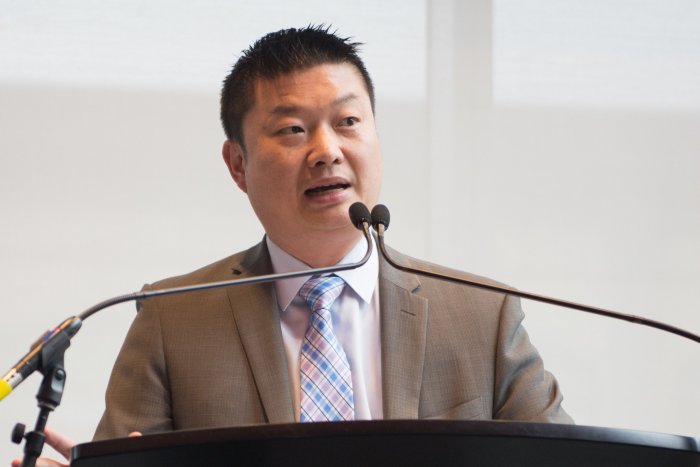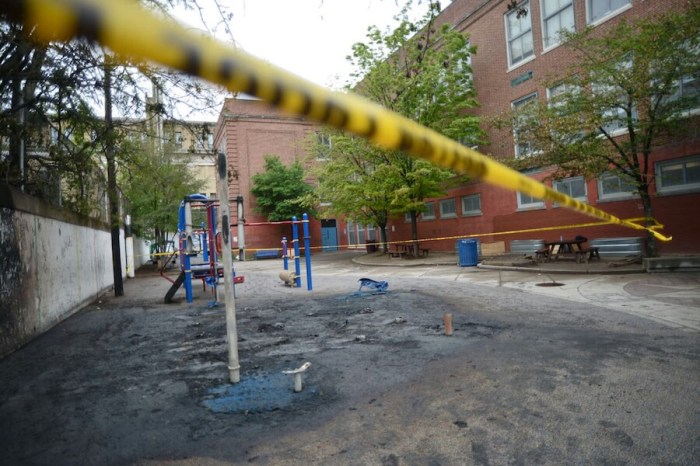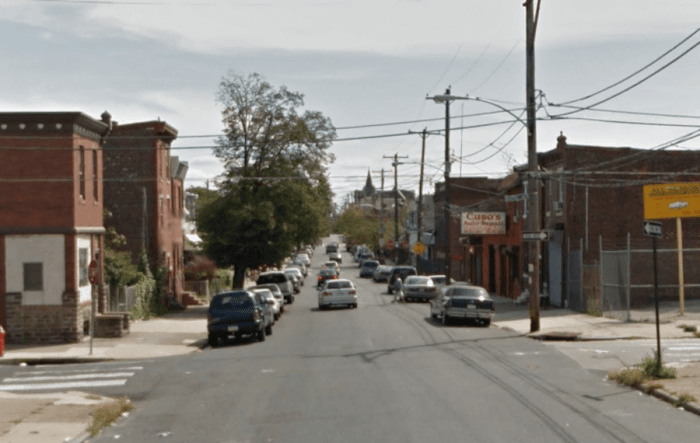On the third floor of an unassuming warehouse building in Long Island City is a cavern of creativity.
Welcome to Materials for the Arts, which gathers discarded items from businesses and individuals from across the five boroughs and donates them to public schools, nonprofits and artists.
MFTA’s 35,000-square-foot warehouse is a treasure trove, stuffed with bolts of fabric, stacks of paint, spools of thread, instrument cases, books, frames, thread, zippers, office and classroom supplies, glassware and mannequin parts. “When you come to Materials for the Arts, the best frame of mind is an open mind,” Kwame Belle, communications coordinator, said while leading Metro through a warehouse tour. “You’re really coming on a treasure hunt. And if you’re an artist, you might have something in mind and say, ‘I want that,’ but you’re also coming and letting the materials inspire you and call out to you.” For more than 30 years, MFTA “has informed my entire art practice,” artist Kembra Pfahler said. “Without it, I wouldn’t be the artist that I am today. I get a lot of ideas from just coming here.” Pfahler said she often talks up MFTA when traveling the world with her art, but has never seen anything like it elsewhere. “This is the future. Everyone is an artist, and everyone has a desire to change the world and the system. It’s taking recycling to a whole different level.” RELATED: New York artists use waste to create new exhibit with Materials for the Arts The city-funded organization is operated by the Department of Cultural Affairs and has an admirer in Mayor Bill de Blasio.
“Materials for the Arts has been New York City’s leading municipal reuse center for nearly 40 years,” he told Metro in an email. “This program is essential to our city as it engages the public on the importance of creative reuse in improving all five boroughs, provides an innovative model that inspires similar programs around the world, and serves to support the creative community while working to drastically reduce waste.” 1.9 MILLION LBS. OF ART
MFTA, which weighs donations as they come in, saw more than 1.9 million pounds of discarded material come through its doors last year. In turn, its members obtained more than $9 million worth of supplies for free, executive director Harriet Taub said. MFTA counts Sony, commercial printing supplier Lindenmyer Monroe and clothing companies Perry Ellis, Coach and Marc Jacobs among its biggest donors. When Sony relocated from Midtown to the Flatiron District last year, it donated 166 tons of office furniture. While MFTA is sure to inspire any artist in any medium — and environmental conservationists —schoolchildren also benefit.
The organization counts roughly 1,300 schools as members. Its education center within the warehouse enables students to tour the facility, learn about creative reuse and create something of their own. MFTA is “very important” to the students at PS 5 in Brooklyn, parent-teacher association member Michael Howell said. “It helps us in fundraising because we’re a low-income area, and the supply really advances the kids.” Cris Avanzado, a math teacher at International High School for Health Sciences in Queens said, “The kids love it. They think it’s amazing I have this place.” On the day of Metro’s visit, Avanzado was looking for glassware and bottles for a gardening project he started as an afterschool program. Every item in the 35,000-square-foot warehouse has a sticker with the donor’s name on it.
“Shoppers are required to write a ‘thank you’ note (to the donor) in response,” Belle explained. “It’s a cycle of gratitude. Our currency is gratitude.”
For Taub, the job is a labor of love.
“All of the donations make my heart skip a beat since most everything will be able to be reused by one of our groups,” she said. “The really delicious ones are the props from movies. Often if they are period films, they give you an insight into how people lived, what they wore, how they furnished their homes.” Just as you never know what you might find in MFTA’s warehouse, you never know who you might find searching for items. Metro encountered Angela Fremont, whose efforts as an artist working for the Department of Cultural Affairs near the Central Park Zoo in 1978, became the basis for MFTA. “The zoo needed a refrigerator for the hospital for the animals,” she said. “I wrote a letter to a public radio station host, and within an hour, we had many donors of refrigerators.”
After running MFTA for several years, Fremont is now a public school art teacher who, that day, was “looking for bolts of fabric and paper.”

















